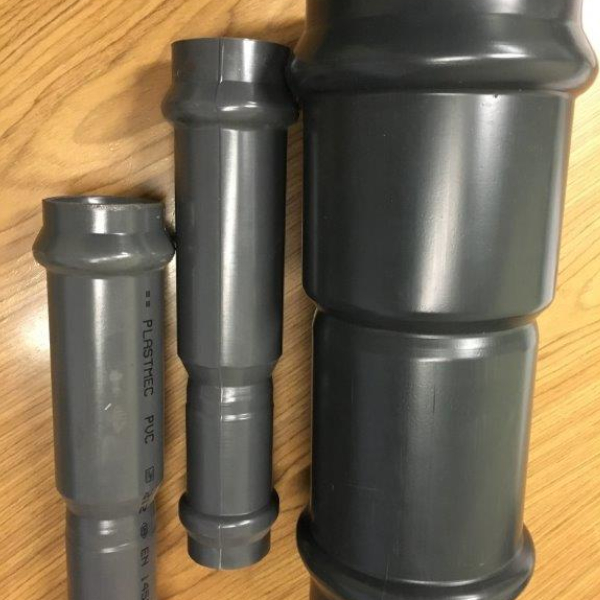

Developing countries face problems related to a lack of resources and tools that could help increase agricultural productivity. Irrigation offers farmers a more stable income and increases the productivity of land; it also offers the community better wages, less expensive food and a more varied diet, especially when it comes to small-scale and low-cost irrigation systems. As a result, it also brings some indirect benefits: one example is the situation for women, which has improved significantly since they are no longer forced to travel long distances to fetch water and can instead dedicate this time to farming.
Each region has different problems linked to water, and the situation is getting worse as the world’s population continues to grow.
Sub-Saharan Africa, for example, only extracts 2% of the available water and would require heavy investment to increase its agricultural productivity. Meanwhile, Southeast Asia is faced with the opposite problem: water is present in abundance, but land is scarce.
In many regions, on the other hand, water is pumped from the ground faster than it can be naturally replenished. This is the case in the Indian state of Tamil Nadu, where excessive pumping has lowered the water level of wells by 25-30 metres, and in northern China, where 64% of cultivated land is threatened by excessive water usage.
The problem is that the water evaporates, depositing salts in the soil; if fields are not drained correctly, they are damaged and can become sterile in the long run.
There are various techniques to avoid excessive water withdrawal and thus aid the food production of small-scale farmers:
In Sub-Saharan Africa, only 4% of cultivated land is irrigated. The potential is enormous: some areas have abundant untapped water reserves, and the lack of investment only postpones the problem.
There is also another aspect to consider: without the right amount of water, farmers are less tempted to invest in certain seeds, and they may decide to farm ecologically fragile areas that do not offer a guaranteed harvest.
To tackle these problems, a series of small-scale irrigation projects have been launched to construct small dams, wells and canals that provide greater protection in lean periods. These initiatives have also included non-agricultural activities such as education on nutrition to help families better manage their finances, increase school attendance, and pay for healthcare.
FAO estimates that irrigated land in developing countries will grow by 27% thanks to these interventions. We hope that these populations receive suitable aid with the right economic subsidies in order to improve not only their agricultural productivity, but also everything that revolves around it, helping them to improve their standard of living.